Garden With Drought Tolerant Creeping Sedum Stonecrop
There’s a little garden room at the Chicago Botanic Garden that is regularly rotated with breathtaking plants that form amazing garden designs. Above you see a photo of the outdoor garden room filled with a mix of raspberry angelonia, lemon coral creeping sedum, and agave that blew my mind a few years ago. I used it as the primary example of creative design utilizing groundcover in the Illinois Getting Started Garden Guide. Using creeping sedum, or stonecrop, in your garden means less watering and more success in hot, dry, neglected garden sites. Below is an excerpt from my book which will give you some ideas on how to plant sedum and have success with it.
- Creeping Sedum Botanical Name – Sedum sp.
- Other Name – Stonecrop, Live Forever
- Bloom Period and Seasonal Colors – Various colored foliage that bloom yellow, white, pink, red, and purple throughout summer.
- Mature Height x Spread – 2 to 12 inches X creeping
- Botanical Pronunciation – SEE-dum
- Added Benefits – Drought Tolerant, Deer Resistant, Attracts Beneficials, Edible
- Sun Requirements – Sun, Part Sun, Part Shade
While sedum is generally considered to be an ornamental succulent used in drought tolerant perennial beds, the shorter creeping sedum can also be considered a ground cover because it is lower to the ground than the taller sedums and is a spreading plant. In recent times, creeping sedum has become an ever-popular substitute for some of the more highly invasive groundcovers because of its incredible low maintenance value. If you want a plant that needs to sit and be left alone, this plant is for you. Low-growing sedum have various shapes of leaf and flower, is deer resistant, attracts beneficials, and can be grown virtually any type of soil or location; from roof to container to ground as long as they have access to regular sunshine.
When, Where, and How to Plant – Plant creeping sedum anytime when there is no danger of frost. Although creeping sedum will grow on most any soil, it prefers a light, sandy, or gravel area exposed to full sun, but will tolerate part shade. Loosen heavy clay soils with rotted manure, compost, or gravel before planting as good drainage is the key to success with creeping sedum.
Growing Tips – In summer, particularly during dry summer weather, water every two weeks. Moisten the soil without soaking it as the leaves of the creeping sedum succulent function as to store water so that heavy irrigation is not necessary. Plants that stand in water will drown and typically suffer from root rot and fungal issues.
Advice and Care – Creeping sedum does not handle foot traffic well, so is best along the edges of sunny paths. Fertilize in early spring with an organic fertilizer and prune back any dead growth from winter. Do not over fertilize as the plants will become leggy and weak. Treat Botrytis leaf blotch and other fungal conditions with an OMRI certified fungicide that contains the streptomyces lydicus bacteria. Creeping sedum has edible leaves that are slightly sour and can be used in salads and stir frying.
Companion Planting and Design – Creeping sedums quickly cover large, sunny areas with poor soils. Single cultivars look gorgeous en masse, however, mixing color and form can bring a lot of color interest to a challenging landscape situation as well. They are sought after as significant roof top and vertical wall garden plants because of their low water requirements.
Try These – ‘Ruby glow’ is 8 to 12 inches high and has burgundy leaves with blue tints and bold red flowers in summer. ‘Cauticola’ has diminutive blue-gray foliage on 2 inch stems. Sedum spurium ‘Tricolor’ has green, white, and pink leaves and stands 4 inches tall. ‘Dragon’s blood’ has bold purple foliage which deepens in full sun and stands 4 inches tall. Sedum rupestre ‘Angelina’ has chartreuse-green foliage that turns orange in winter. Sedum spathulifolium ‘Cape Blanco’ has the tiniest gray rosettes in tight little clusters with stems that stand 2 to 4 inches tall. If you would like more ideas on how to grow all types of plants in the Midwest, please pick up my latest book, the Illinois Getting Started Garden Guide online or at a book store – it gives you a big list of plant profiles and garden how-to in order to help you grow.
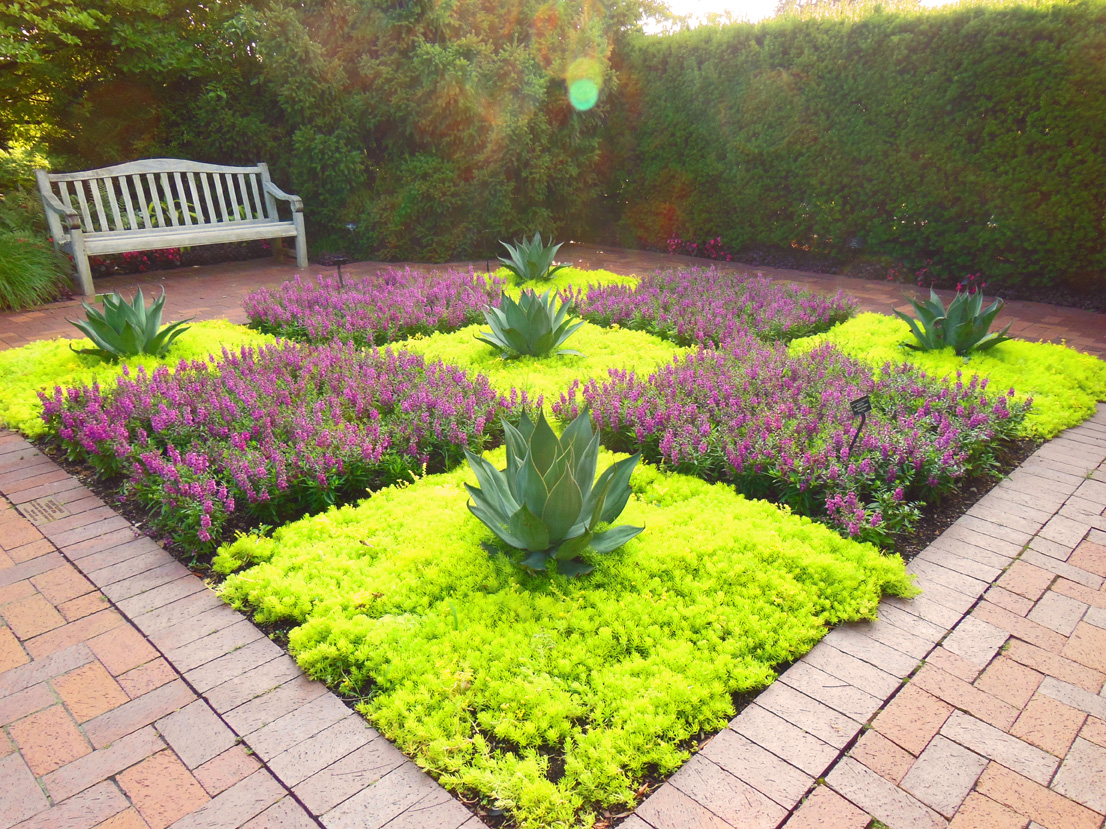


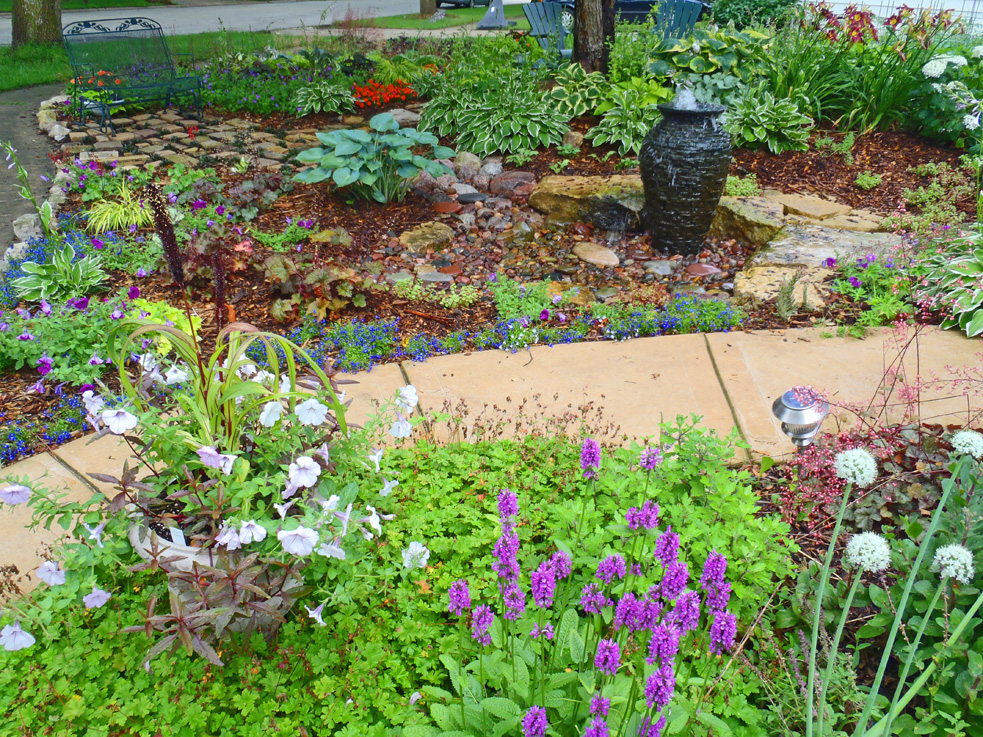
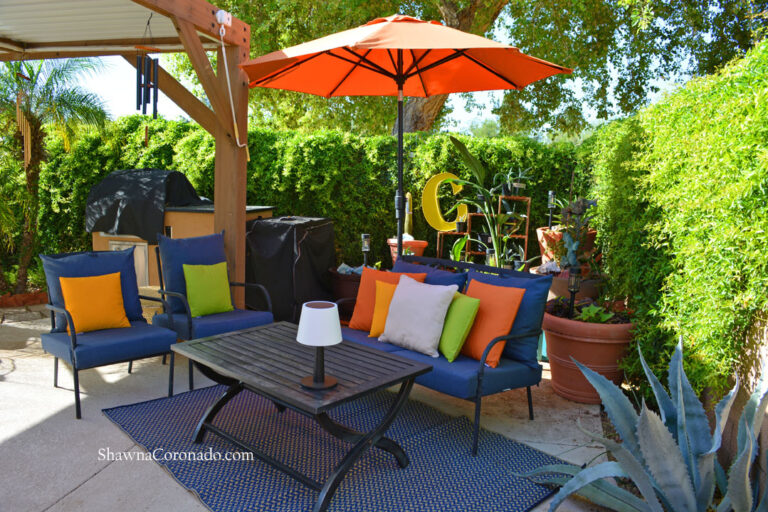
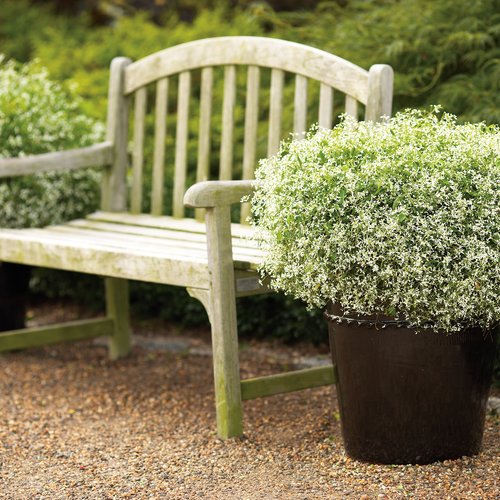
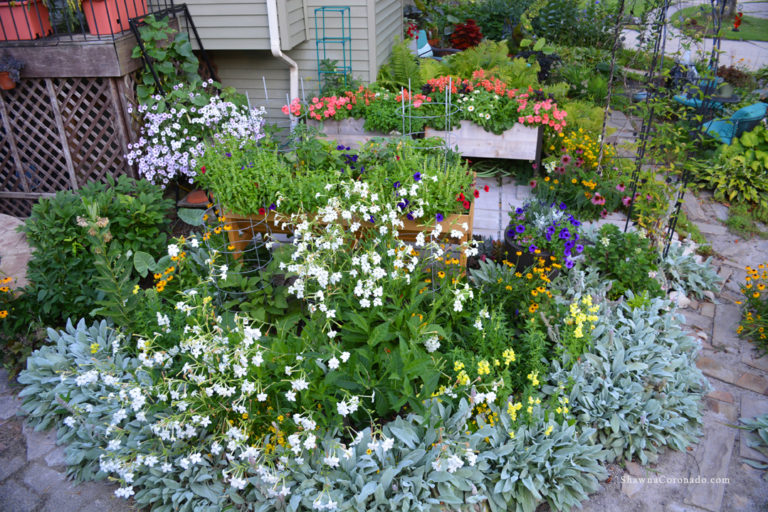
wow!